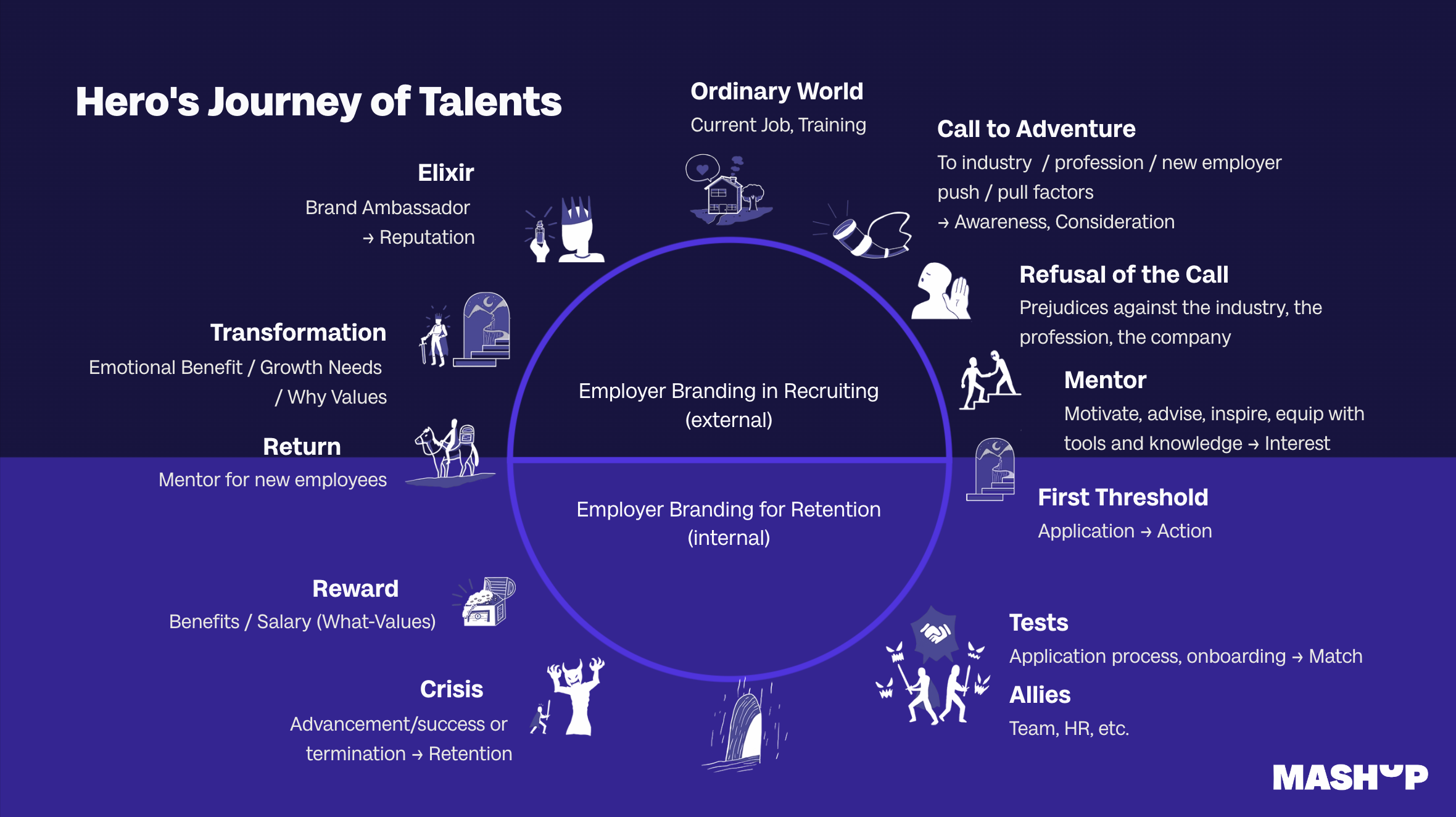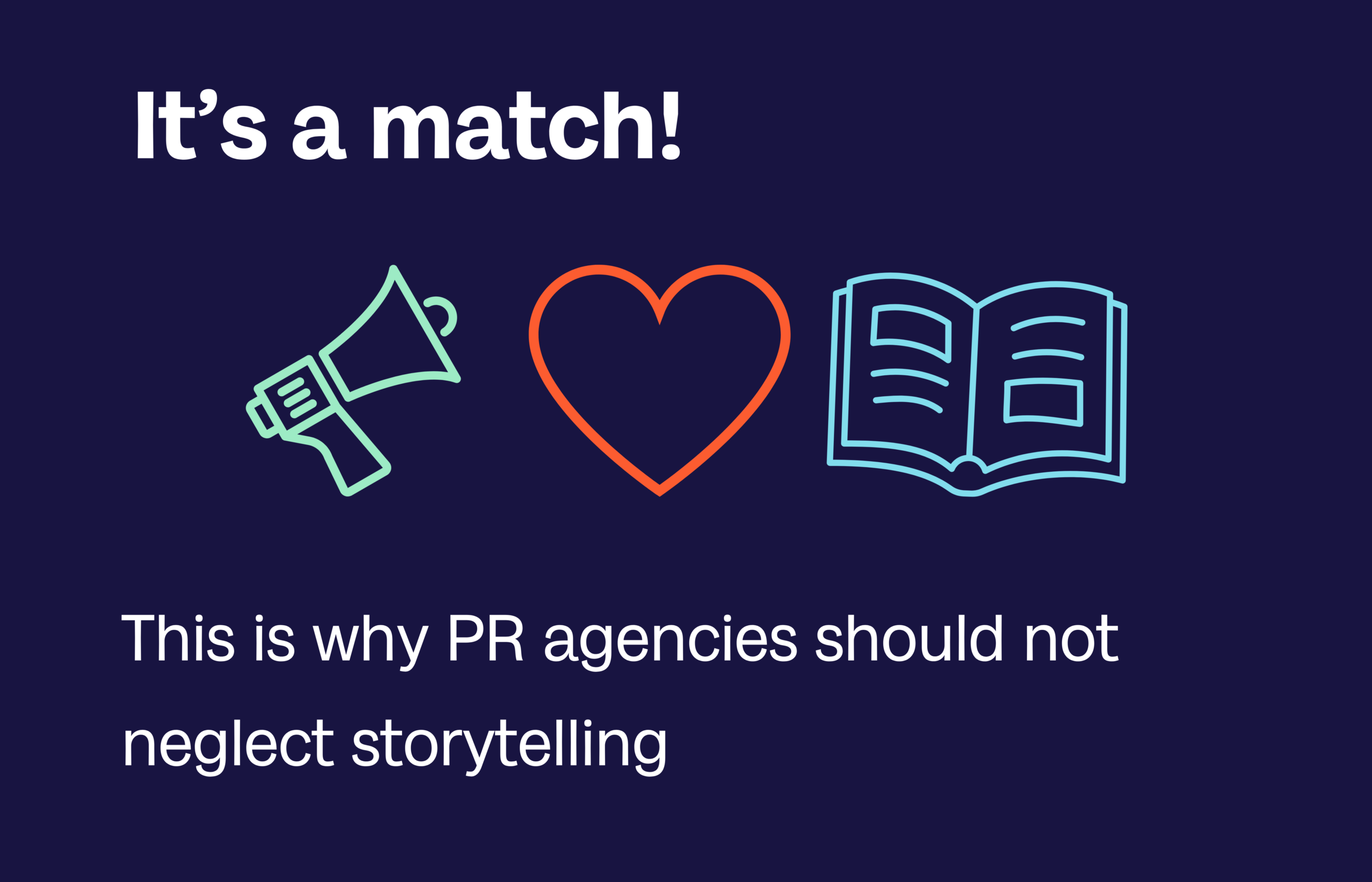Deepfakes: Storytelling manipulated by AI
Our everyday lives are increasingly influenced by artificial intelligence. Many tasks can be performed more precisely, more extensively and faster by a computer than by a human being. Alexa, Netflix and Google Maps, for example, are AI-based applications that are used every day and make our lives easier. But there are two sides to every coin. There are currently numerous videos circulating on social networks that pretend to be real content and deceive users with falsified stories. Behind this is a new technology called deepfakes. This uses AI to deliberately falsify visual content. But is storytelling manipulated by AI a serious threat or a potential marketing tool?

Fake News vs. Deepfakes: What’s new?
Most of us have been aware of fake news since the US election campaign in 2016 at the latest. Donald Trump has become known for deliberately spreading false reports on social networks such as Twitter in order to convince voters of his candidacy. Deepfakes are the equivalent of fake news for moving images. The term comes from the English terms “deep learning” and “fake”. The former is a sub-area of machine learning. This is a special method of information processing that is similar to the human brain.
Based on existing information and with the help of the neural network, a computer system can repeatedly link what has been learned with new content. This way of working makes it possible for the AI to make its own predictions or decisions without human intervention. The system can use image data to automatically forge video content and bring the Mona Lisa, Leonardo da Vinci’s famous oil painting, to life, for example.
Film Industry in Deepfake Fever: May AI be with you
Deep learning can therefore be used wherever there are large amounts of data that can be analyzed for patterns. This is why the method is often used in the field of face, object or speech recognition. This means that other faces, including facial expressions, can be mounted on any person. Celebrities in particular are affected, as there are numerous photos and videos of them online. This makes manipulation easier.
At the moment, some deepfakes still look artificial, but work is being done to improve the high resolution. The film industry also benefits from this technology and uses it for special effects. A famous example of this is the 2016 feature film “Star Wars Rogue One”. Here, a 19-year-old extra was able to play the actress Carrie Fischer, who died the same year, with the help of deepfakes.
Deepfake Campaign: When AI turns David Beckham into a Voice Talent
Deepfake technology also opens up new possibilities in content marketing. For example, the British non-profit organization “Malaria No More” used AI to create a deepfake campaign for a petition against malaria. To this end, David Beckham has “lent” his face to the organization. In the commercial, the soccer star speaks with the voices of new malaria survivors in foreign languages that he himself does not speak. The deep learning and AI experts from London made it all possible. An AI algorithm was used to match David Beckham’s face with the facial expressions of the respective speaker. The result looks amazingly real!
Storytelling manipulated by AI: Danger or Marketing Tool?
The media serve as a source of information, as recipients have no direct access to world events and therefore rely on them. So far, videos have been regarded as important evidence for verifying the truth of facts. This could soon no longer be possible if the manipulation of video content continues to be perfected and this technology is available to everyone as a tool. The public and, above all, media makers must pay even closer attention to whether content has been manipulated. Deepfakes could also lead to conflicts in the political arena if politicians such as Barack Obama are accused of making statements that they did not actually make.
However, deepfake technology is versatile and can also serve as an effective marketing tool. For example, companies in the tourism industry could benefit from deepfakes by using video sequences that transport customers to different travel destinations. Or a clothing manufacturer showing potential buyers how the latest collection might look on them. This would make advertising more personal and tangible, as consumers would see themselves in the respective situation. So it remains exciting to see how deepfake technology will develop in the future and whether the audience will feel more attracted to a brand with personalized and unusual storytelling.
If you found the blog post about deepfakes exciting, take a look at our article about storytelling in a post-factual world.
Share this article
Related articles

11 March 2024








